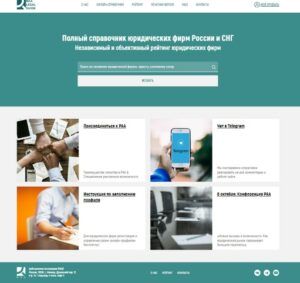News from Stockholm: Gazprom v Naftogaz – 0:1
 On January 2009, Gazprom and Naftogaz signed a confidential long-term gas sales agreement (the “Contract“) for 2009-2019. Some in the media declared that the Contract included an oil-linked formula for the gas price, a “take-or-pay” clause and a price review clause.
On January 2009, Gazprom and Naftogaz signed a confidential long-term gas sales agreement (the “Contract“) for 2009-2019. Some in the media declared that the Contract included an oil-linked formula for the gas price, a “take-or-pay” clause and a price review clause.
Five years later, Gazprom finds itself claiming USD 4.5 billion in unpaid debts for natural gas before the SCC tribunal. In retaliation, Naftogaz claimed USD 6.2 billion ie for the overpayments and non-sullied volumes of gas.
This overview does not concern the first stage of the arbitration (June 2014-February 2015) since this period has been previously discussed in the CIS Arbitration Forum by Maria Tsarova. However it does deal with the following period of the arbitration starting from February 2015. This post further focuses on the first award rendered by the SCC tribunal on 31 May 2017 in favour of Naftogaz.
2015. Persistent deadlock
In fact, Gazprom and Naftogaz argued over three issues at the beginning of 2015. First, Gazprom claimed unpaid debts for the delivered natural gas (November and December 2013; and April and May 2014).
Meanwhile, Naftogaz declared it had overpaid at the unfair oil-linked price during 2010-2014. Second,based on the contractual “take-or-pay” clause (Ukraine’s obligation to buy 41.6 Bcm per year), Gazprom claimed Naftogaz did not pay for the gas it did not lift. Finally, yet importantly, Naftogaz alleged Gazprom had underpaid USD 3.2 billion for the transit of natural gas and failed to transit the agreed-upon volumes of gas.
In May 2015, Naftogaz raised its transit claim from USD 3.2 to USD 10.2 billion ie based on the Ukrainian investigation as to a Gazprom monopoly. In October 2015, Gazprom raised USD 6 million counterclaims to the transit claims. At the same time, Gazprom claimed USD 8.2 billion as to the “take-or-pay” obligation. At the end of the year, Ukraine stopped imports of Russian gas.
2016. Stakes go up
A few months later, Naftogaz made a decision to import gas from European hubs, such as Gaspool and Austrian hubs. Ukraine also increased tariffs for the transit of natural gas since 1 January 2016. Simultaneously, the Antimonopoly Committee of Ukraine imposed a USD 3.3 billion fine against Gazprom for abusing its monopoly position.
By the end of the year, Gazprom claimed USD 38.7 billion unpaid debts whereas Naftogaz insisted on a USD 10.2 billion transit claim and USD 18.2 billion “unfair price” claim (for more information please click here). The cases were heard during November and December 2016.
The ruling of 31 May 2017: Naftogaz scores first
Before the announcement of the first ruling, Gazprom added USD 5.3 billion to its claim for gas not taken by Naftogaz in 2016 (breach of the “take-or-pay” obligation).
On 31 May, the tribunal rendered the first award according to which the gas re-export prohibition, particularly to supply Russian gas purchased by EU members, has to be lifted. In addition, starting from April 2014 the gas price shall be linked to the EU markets (and not to the oil index as the Contract stated initially). Apart from that, the “take-or-pay” obligation shall not apply retroactively for 2012-2014, 2015 and 2016.
It is worth noting that the alleged market capitalisation of Gazprom is USD 43 billion while Naftogaz is (arguably) estimated at no more than USD 40 billion. Considering the amounts at stake raised by the parties in 2015-2016, a full victory for one of the parties (if enforceable) would result in the inability of the other party to operate.
The forthcoming second ruling will bring the thrilling end. At the same time, in this protracted dispute, the main question remains open: how will the winner enforce the award?
Illia Chernohorenko
Chevening scholar, Queen Mary University of London












Has the text of the first award been published? I have not been able to find it.